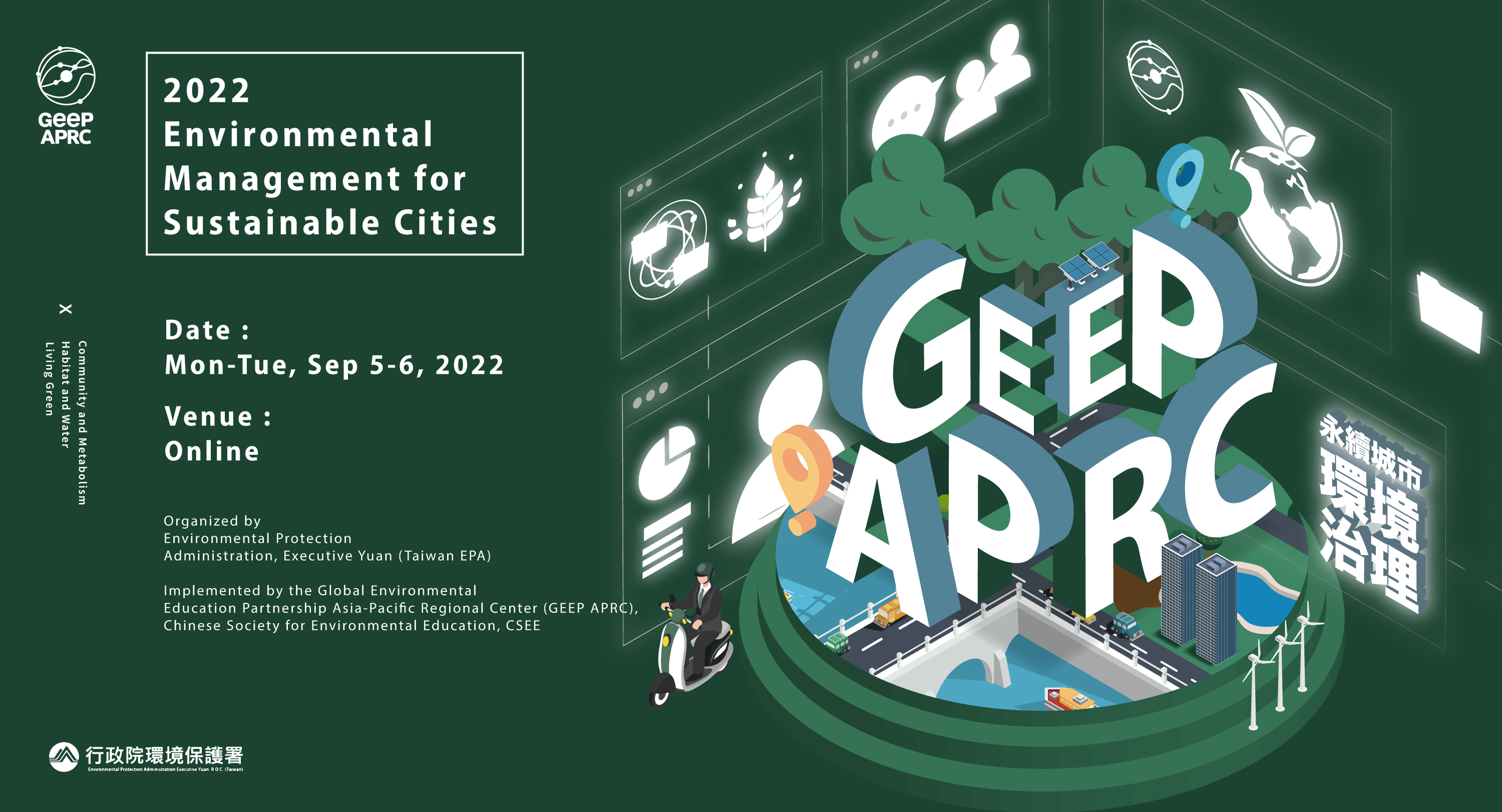
Practical Experience of Maker-Centered Curriculum Development on Eco-Campus
Introduction
Implementing a sustainable action for one’s own community is not only an international trend but also a manifestation of what Dewey said, “Education is life”, “Education is growth”, and “Education is a continuous reconstruction of experience”. Based on the ideas mentioned above, “Learning by Doing” has become a core philosophy in the school-based curriculum development. In short, the key feature of Dewey’s constructivism is “learning by constructing knowledge through the act of making something shareable” (Martinez, & Stager, 2013, p.21). Thus, teachers have arranged a series of maker-centered curriculums to promote students to carry out sustainable actions for their community. This article will list two practical cases of SDGs integrated into the curriculum as follows.
Making Leopard Cat from Recycled Newspapers
The leopard cat, the only remaining native wild cat species in the forests in Taiwan, has been listed as the first-level “endangered protected animal”. In 2019, the Miaoli County Council legislated an ordinance on protecting the leopard cat, which is nationally the first case that the local government legislated for leopard cat conservation. According to a survey on the distribution habitat of the leopard cat by the Miaoli County Government, our hometown, Houlong Township, has the largest distribution of the leopard cat in Miaoli County. Therefore, each child living in Houlong should know the beautiful creature, realize the importance of protecting it, and take responsibility for its sustainable survival.
Through the scientific reading of biology books, students paid attention to the biodiversity of “Satoyama” (suburban hill) and deeply explored the life and survival crises of the leopard cat. After that, the teacher guided students to design leopard cat models. The materials for the creation are mainly recycled newspapers. Firstly, the newspapers were kneaded into small balls. Then, dozens of paper balls werurriculum at once practiced two environmental pathways of an eco-campus: “biodiversity” and “consumption and waste”.
Building Bee-friendly Habitats for Community
In our daily diet, nearly one third of the fruits and vegetables must rely on the pollinating of bees, otherwise they will not bear fruit. However, due to factors such as human preference for monoculture crops, extensive use of pesticides, as well as the threat from parasitic mites, the honeybee population has been declining, which affects the efficiency of crop production. Some scientists have pointed out that many bees can be backup for pollinating flowers and vegetables, such as bumble bees, carpenter bees, mason wasps, etc. Especially, the predatory wasps can help farmers to get rid of caterpillars on the vegetables. Therefore, we should build a friendly habitat for wild bees. The three actions we took included avoiding the use of pesticides, growing nectar plants widely, and providing some materials with tunnels for female bees to breed, such as making solitary bee hotels. These actions promoted the realization of SDGs Target 2.4, 12.8 and 15.9.
The action of building “Solitary Bee Hotel” was implemented through the maker-centered curriculum. First, the teacher taught students to design a small cabin and count the materials. Then, students measured the boards and drew lines on it. After sawing the boards, students combined the boards with screws. Afterward, students drew on the small cabin and painted it that made the solitary bee hotel not only be more beautiful but also improve the effect of waterproof and moisture-proof. The next step was to make breeding tunnels. Students used a drill press to drill holes in the board and polished with sandpapers to make the walls of tunnels smoother to encourage solitary bees to “come to breed”. They also used a router to dig a long groove in the board and covered it with a transparent film; this type of breeding board was very helpful for students to observe the growing process of bee larvae. Finally, some solitary bee hotels were hung on campus, and the others were hung in the Wanbao community next to the school. By building bee-friendly habitats, students at once practiced three environmental pathways of eco-campus, including “sustainable food”, “biodiversity” and “school habitat”.
Conclusion
In conclusion, the maker-centered curriculum of DES integrated the eco-campus environmental pathways, the UN’s SDGs, and the philosophy of learning by doing, which engaged participants not only practiced sustainable actions for community, but also attained the key competencies of “learning to know”, “learning to live together”, “learning to do”, and “learning to change”, which UNESCO emphasized as the “Pillars of Learning”.e combined by tapes and gradually shaped the figure of the leopard cat. Next , students stuck some white paper on the surface of the model to form a white leopard cat. Finally, the teacher taught students to color the model with paints. These productions, leopard cat models, are used as the instructional materials for ecological conservation education. The models also remind us that these beautiful creatures are disappearing rapidly and human should do something to stop it! Making leopard cat models from recycled newspapers not only reduced consumption and waste, but it also made students concern the biodiversity of “Satoyama” near DES.Back to list

